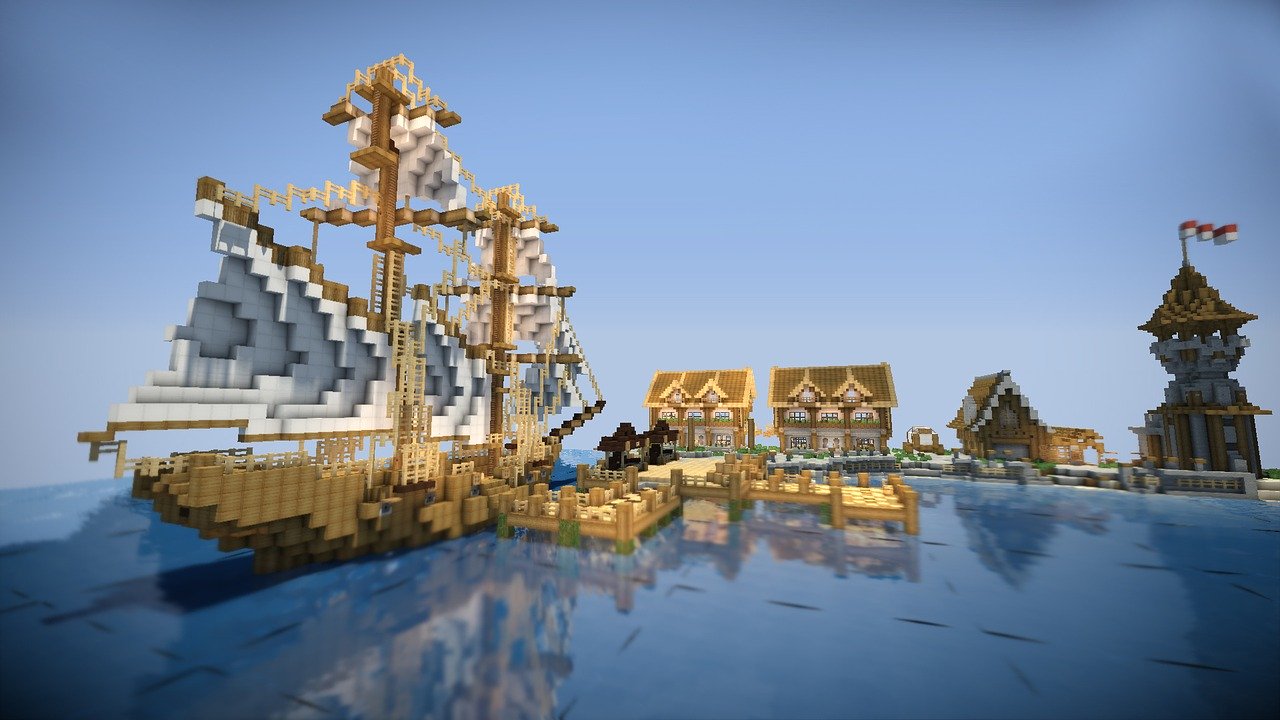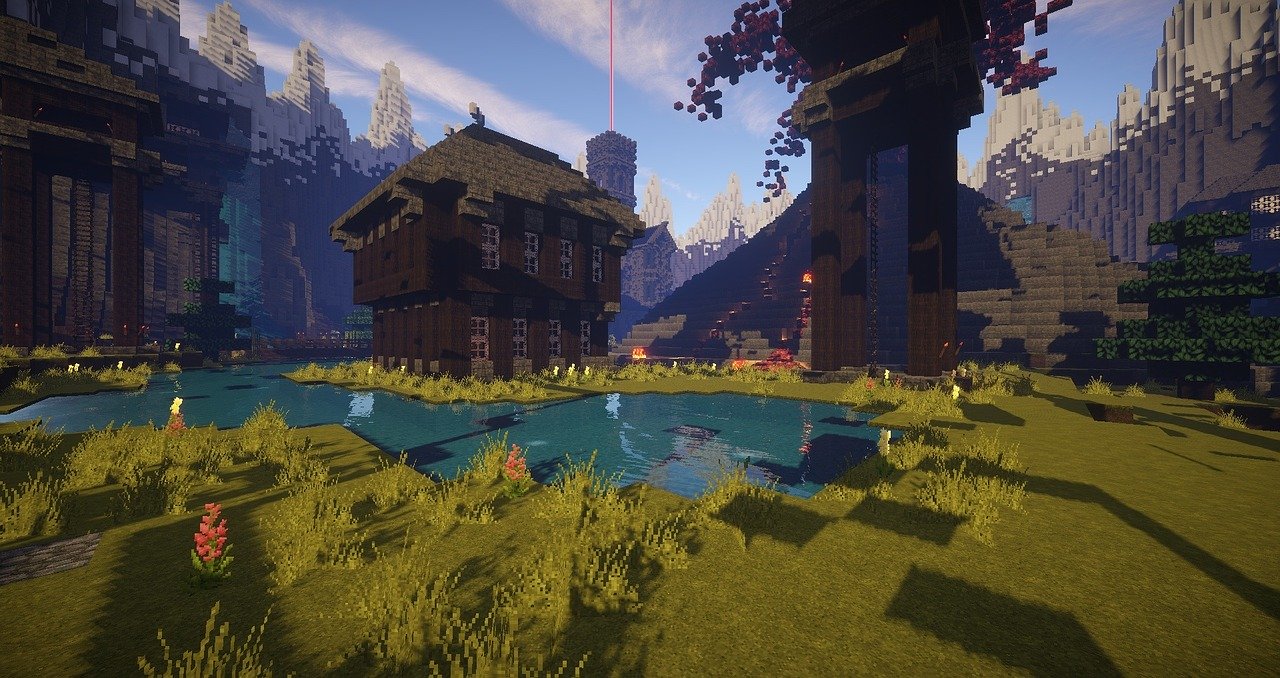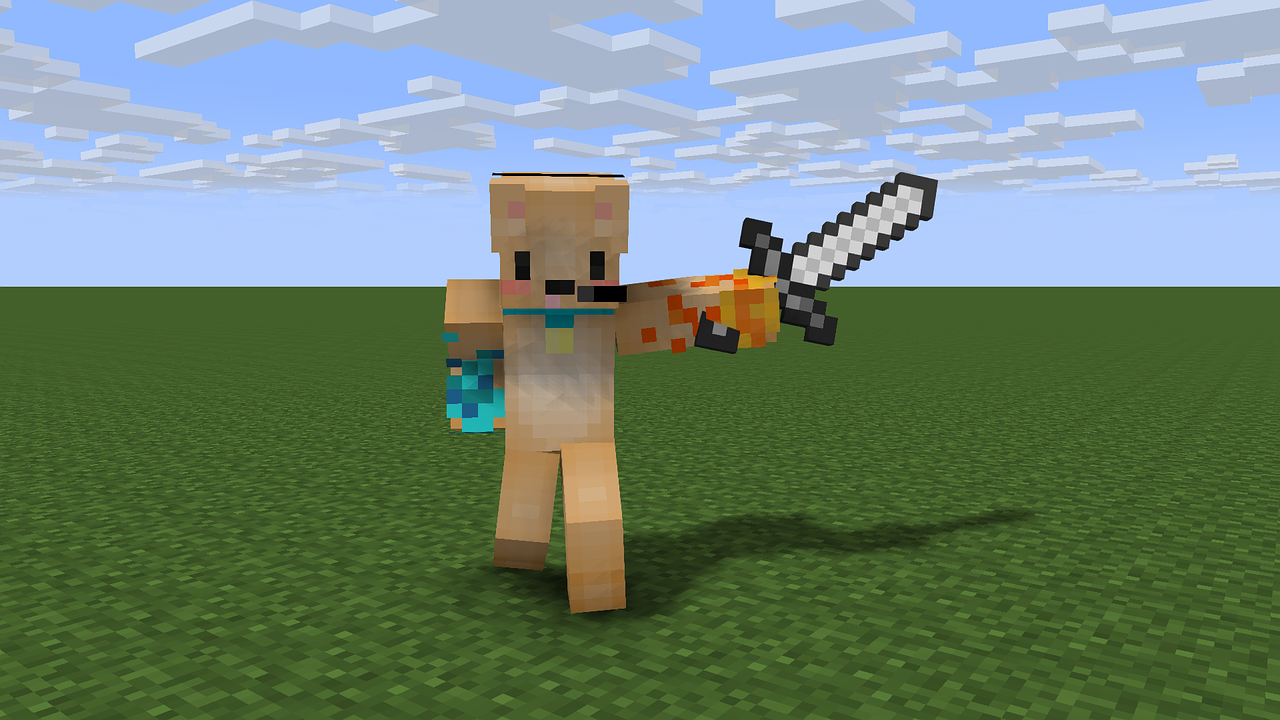Digital gaming is a big topic and takes a big part in many lives of today’s children. This following brief summary about the Mavoa/Carter/Gibbs (2017: 171-181) article, takes a closer look at parental perceptions of the popular video game ‘Minecraft’.
Many children, including the very young age group, are taking part in digital and online gaming and to most parents, this seems alarming (Mavoa/Carter/Gibbs 2017: 171): as gaming would sometimes be associated with something negative and seen as a children’s health concern. But on the other hand, this gaming experience of a child also depends on their surrounding environment, on the information given and on attitudes as well as behaviors of their teachers of their community and especially of their parents. Mavoa (from The University of Melbourne), Carter and Gibbs (both from The University of Sydney) (2017: 171f) have done a research study about this in a different kind of way, by interviewing several parents about their point of view.
First of all, it is more common for research inquiries to focus mostly on the negative perceptions of children playing digital games. And therefore, parents often see screen time as something that requires limits and monitoring (Mavoa/Carter/Gibbs 2017: 171f). Secondly, some parents view video games as even less favorable than television. That’s also why parents tend to select mostly games that they perceive as educational and ‘safe’.
The game Minecraft is a popular game, particularly with children and while this game is said to offer educational and cognitive benefits (Mavoa/Carter/Gibbs 2017: 171), the game has frequently been compared with all the good aspects of Lego.
The mix of quantitative and qualitative research conducted by Mavoa/Carter/Gibbs (2017) and carried out on parents (aged between 36 and 45 years) with their kids (aged between 3 and 12 years) over randomly selected primary schools and early learning centers shows some interesting results: 91.4% of the interviewed parents claimed that there are some positive things regarding the game ‘Minecraft’ (Mavoa/Carter/Gibbs 2017: 173f). Most of these good responses are based on the parents’ statements, claiming that this game would increase creativity, imagination and problem-solving thinking of their children. They also mention, that playing ‘Minecraft’ would encourage social interaction not only online but rather with their friends and siblings when playing and helping each other out (Mavoa/Carter/Gibbs 2017: 174). Furthermore, this game is also seen as something that strengthens spatial skills, digital literacy, mathematical thinking, planning, strategic and tactical thinking, and resource management. Lastly, some parents also mention enjoyment and the gaining of self-esteem and a sense of achievement and mastery, as beneficial factors when their children play ‘Minecraft’ (Mavoa/Carter/Gibbs 2017: 175).
However, 46.8% of these parents also express their concerns about their children playing this game (Mavoa/Carter/Gibbs 2017: 175): The biggest concern out of all is about spending too much time on the game and therefore displacing away from other pursuits like physical activity and homework.
The second biggest concern is about the discourse of an existing or non-existing cyber safety (Mavoa/Carter/Gibbs 2017: 175ff), when their children encounter unknown people (Only 13% of the interviewed parents indicated that their child played ‘Minecraft’ online with other people not known to them) or when their children are being exposed to unappropriated content and/or behavior.
Other parents would also complain about the higher risk of physical ill effects like bad eyesight or posture, and about addiction and the development of violence or bad behavior, when their children are being confronted with in- and out-game realities: a few of them even got aggressive when their parents ask them to stop playing and some also got aggressive towards other players involved like friends and siblings (Mavoa/Carter/Gibbs 2017: 176). But these incidents are mostly seen as rare and situation depending, as the interviewed parents explain.
Lastly, even though ‘Minecraft’ is offering many different play-modes, there are some elements that are perceived in wholly opposite sides by the interviewed parents. As Mavoa/Carter/Gibbs (2017: 176f) also claim, that digital gaming and ‘Minecraft’ in specific, is often presented as a gateway to the development of STEM skills due to the creative, collaborative and problem-solving aspects of playing. Yet, Mavoa/Carter/Gibbs (2017: 177) encourage parents to display an active interest in their children’s gaming and by doing so, also increasing the likelihood of co-play between parents and their children. And even though ‘Minecraft’ does not include such parent-involvement features, parents should at least get to know the game. Furthermore, for general gaming advice regarding children and digital gaming, Mavoa/Carter/Gibbs (2017: 178) recommend open-ended games which are focusing more on the process rather than the outcome.
Source:
Mavoa, Jane/Carter, Marcus/Gibbs, Martin (2017): Beyond Addiction: Positive and Negative Parent Perceptions of Minecraft Play. In: CHI PLAY 2017: 171- 181.
—
All pictures used in this article are from pixabay.com: https://pixabay.com/de/



